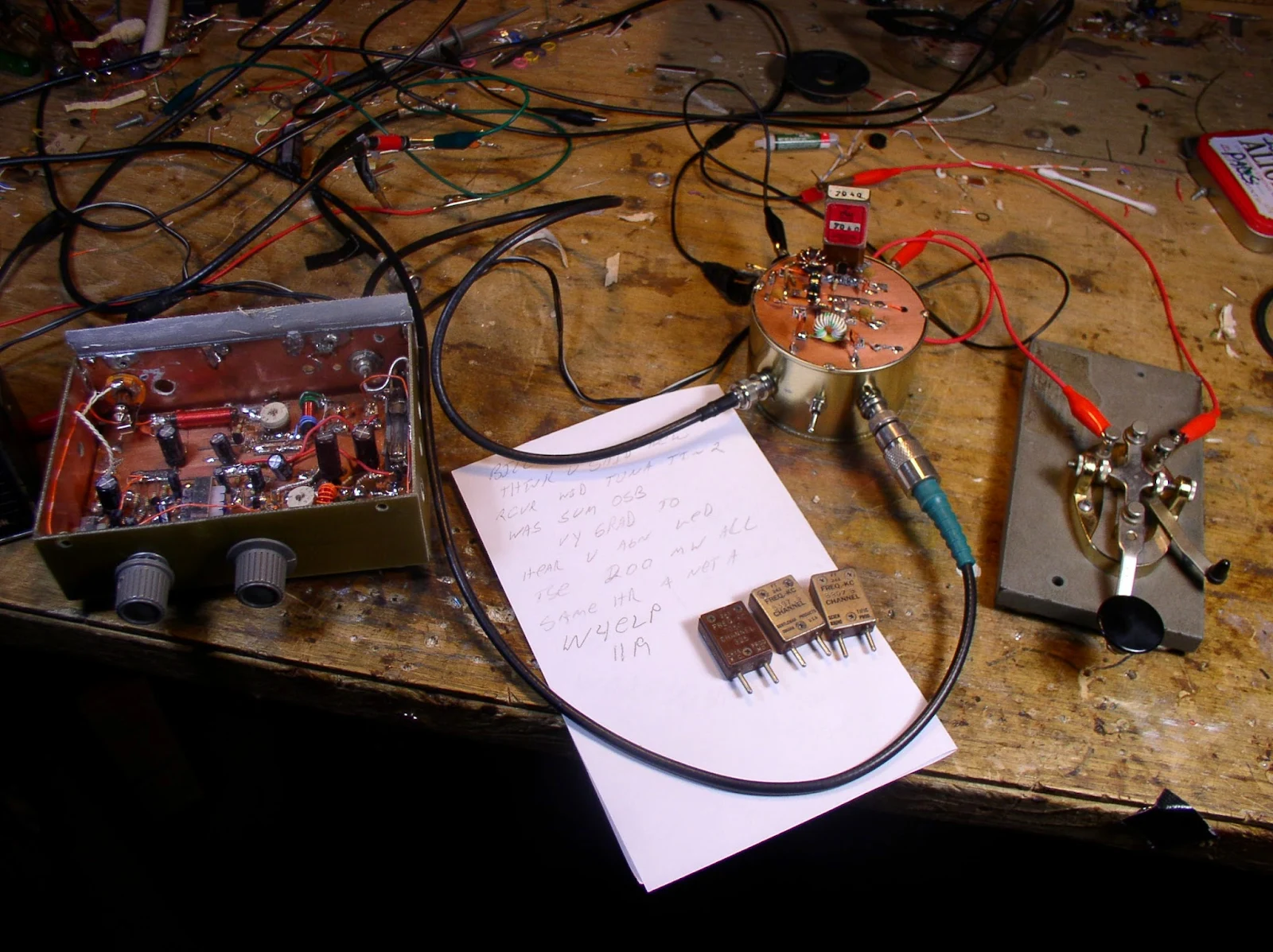SolderSmoke Podcast #159 is available.
http://soldersmoke.com/soldersmoke159.mp3April 1, 2014
Vienna Wireless Hamfest
BITX Talk
W1REX speaks
Tuna Tin 2 Mojo Transfer Ceremony
After 38 years -- finishing my Herring Aid 5 receiver
Feedback, Phasing Dots, Rotational Sense, and Oscillation (or not)
Motorboating (when you don't want to)
Building my Tuna Tin 2 with parts from W1REX
On the air with Tuna Tin and Herring Aid
More Minimalist Meanderings:
An (Almost) All Altoid Crystal Radio!
Tek 465 dies (again) :-(
MAILBAG
Our book: "SolderSmoke -- Global Adventures in Wireless Electronics" http://soldersmoke.com/book.htm Our coffee mugs, T-Shirts, bumper stickers: http://www.cafepress.com/SolderSmoke Our Book Store: http://astore.amazon.com/contracross-20




















